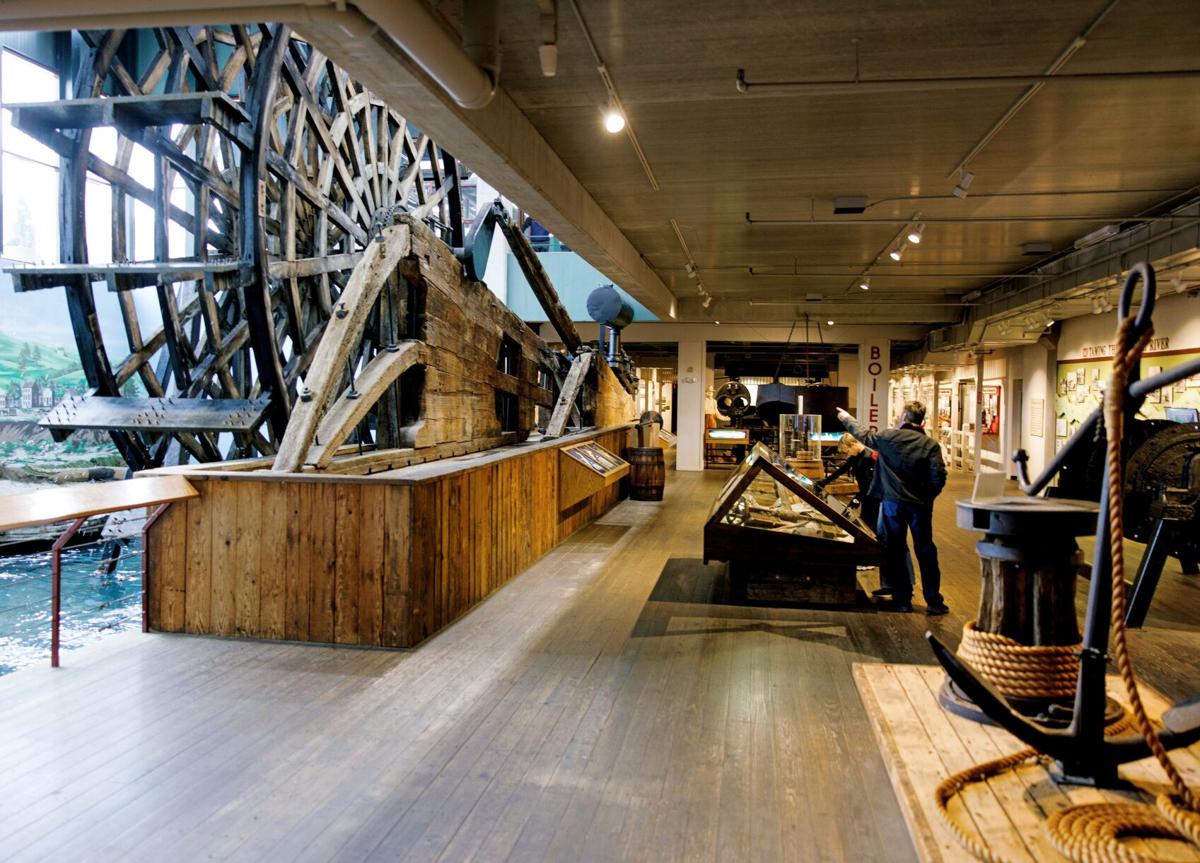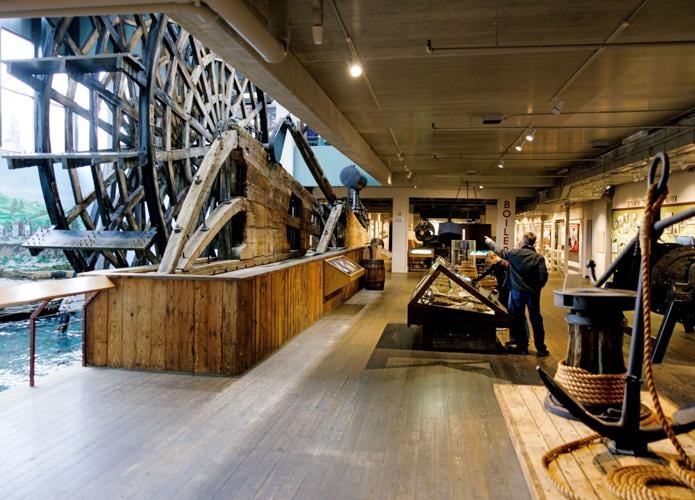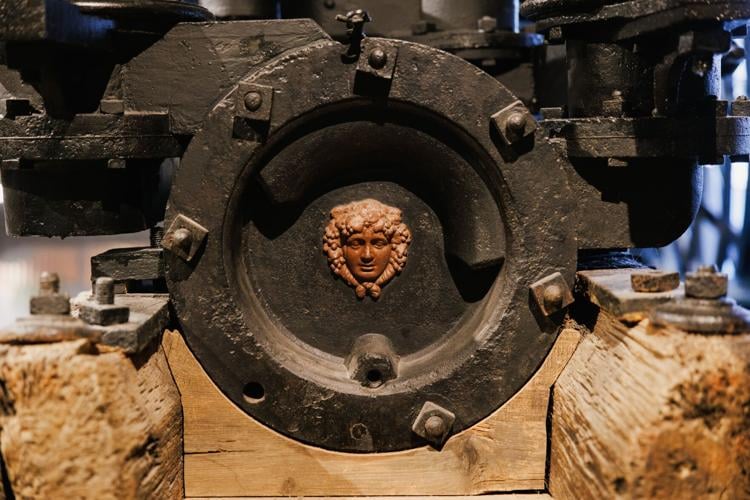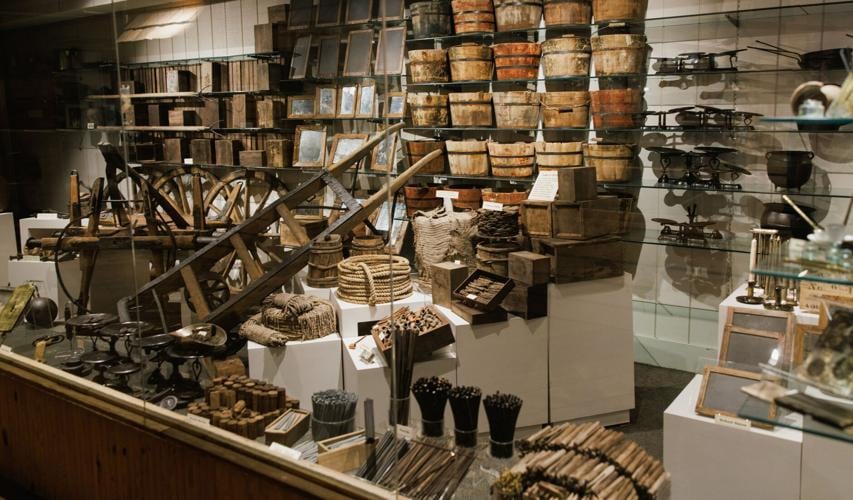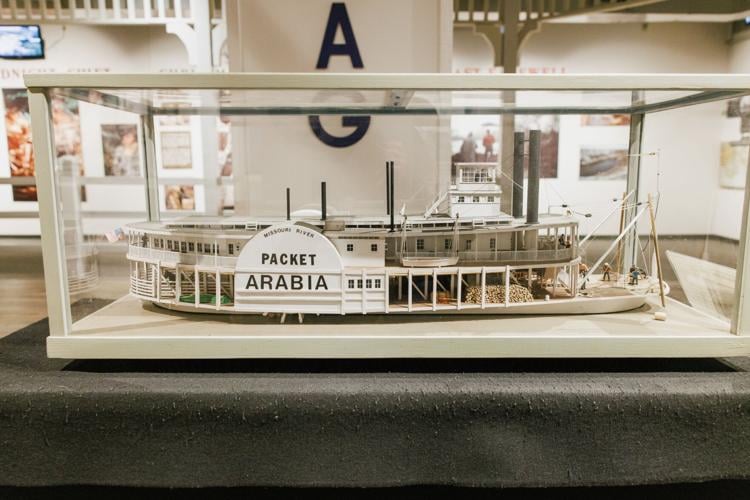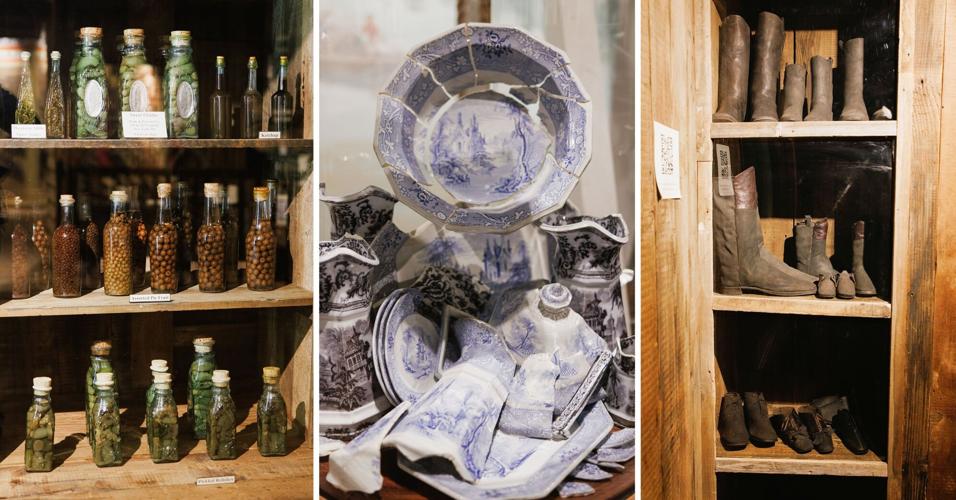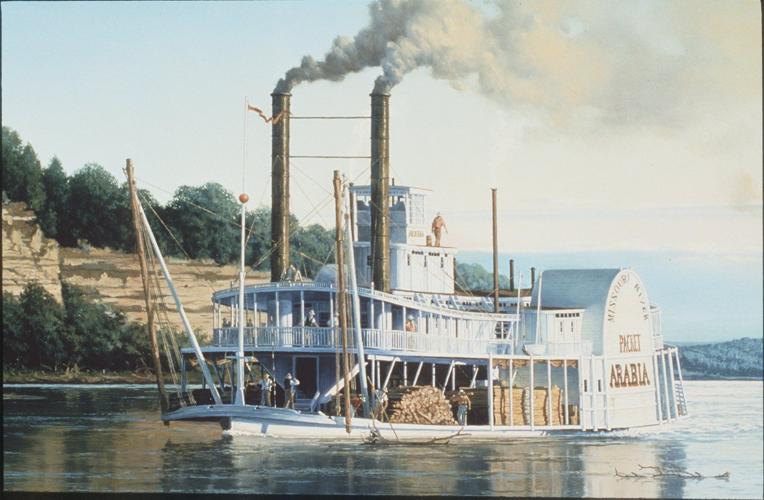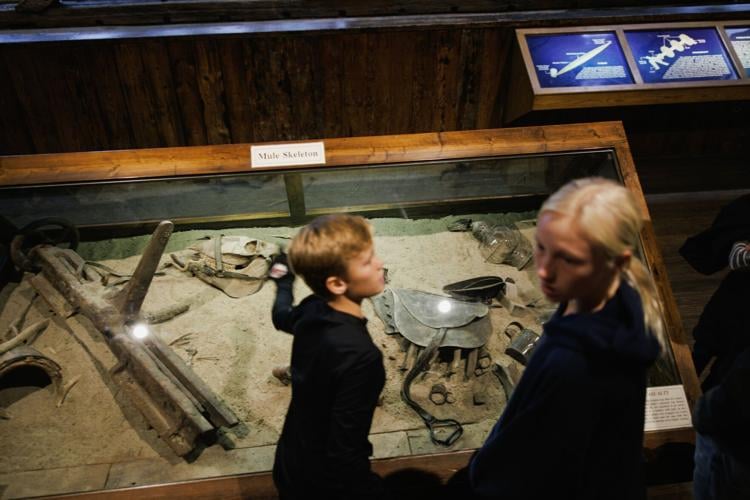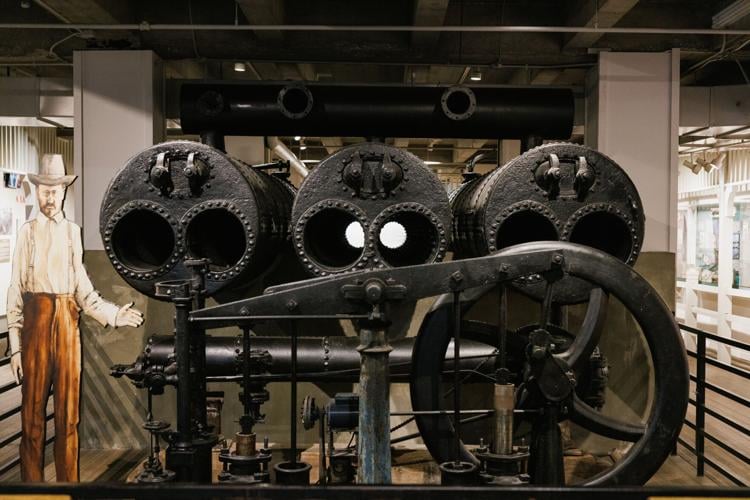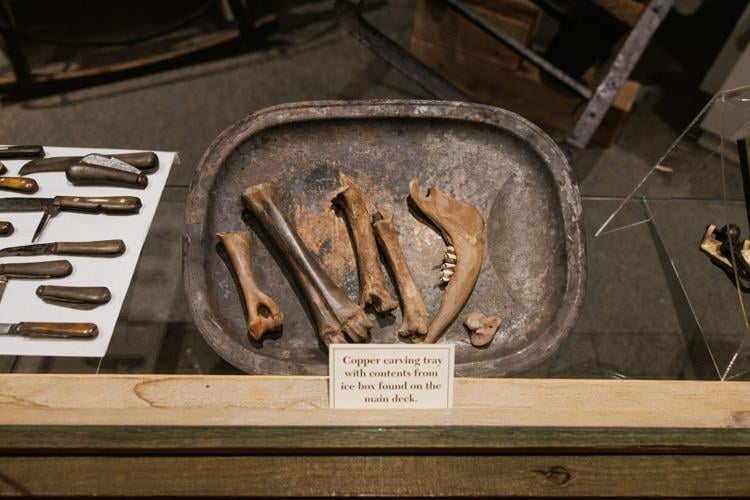ST. CHARLES — St. Charles’ riverfront could one day be home to a steamboat museum, a steamboat in dry dock, plus a restaurant and boutique hotel as talks have resumed about moving the Kansas City-based Arabia steamboat collection here.

Gary Lucy's 1992 rendering of the Arabia steamboat hangs in the museum in Kansas City.
St. Charles Mayor Dan Borgmeyer and a number of civic leaders have been working to bring the so-called Steamboat Treasures of America museum to life, hoping to attract tourists and convention business by capitalizing on the past.
“The reality is that we are a very historic town, and a lot of our growth came from the hundreds of steamboats that sailed on the Missouri River during the 1800s,” Borgmeyer said. “St. Louis may have been the Gateway to the West, but St. Charles was the Gateway to the Missouri River.”
The steamboat-themed tourism push comes as St. Charles undergoes a major transformation. Construction is set to begin in March on a new $85 million city hall at the American Car Foundry property, the “lynchpin” of a 20-year redevelopment plan for the city’s historic Frenchtown neighborhood. The city is expanding sidewalks, adding parks and public art, revamping historic buildings for riverfront dining and loft apartments, and hoping to attract private investment.
People are also reading…
The St. Charles attraction would largely feature items now housed at the Arabia Steamboat Museum in Kansas City, including parts of the namesake steamboat.
The Arabia was loaded with 200 tons of cargo — from fine china and carpentry tools to children’s toys and jars of food — intended for general stores and homes when it sank near Kansas City in September 1856.

Some of the cargo recovered from the Arabia is displayed on Dec. 23, 2024, at the Arabia Steamboat Museum in Kansas City, Mo.
The shipwreck was unearthed in the 1980s, revealing hundreds of preserved pre-Civil War artifacts.
The Arabia ownership group is looking to potentially sell the collection in 2026, once its lease with Kansas City expires.
“We are thrilled and honored that St. Charles wants the Arabia to be a part of their museum,” said David Hawley, a museum co-owner.
He said the Arabia owners are also entertaining offers from out-of-state institutions and cities.

Fully intact jars of pickled goods, fine china, and leather footwear are displayed on December 23, 2024, at The Arabia Steamboat Museum in Kansas City, Mo.
The sunken steamer itself has a St. Charles connection, as the city was the hometown of the ship’s captain, John Shaw, on that ill-fated voyage, Borgmeyer said.
Borgmeyer envisions the Steamboat Treasures of America museum going up adjacent to the Lewis & Clark Boat House and Museum and a 400-space parking lot. Hawley said the city would need at least 50,000 square feet to house the museum’s collection.
The St. Charles group hopes to add items from other steamboat shipwrecks, including the yet-to-be exhumed Malta, which sank in the Missouri River in 1841 near Marshall, in the western part of the state.
“I think this kind of museum would draw people from all across the Midwest, even from 500 miles away,” Borgmeyer said. “I can see this museum appealing to everyone from school kids to church groups to charter buses and families on vacation. This has the potential to be an extreme sales tax generator for the city of St. Charles.”

A model of the Arabia is displayed at the Arabia Steamboat Museum on Dec. 23, 2024, in Kansas City, Mo.

An ornate detail on the engine that powered a paddle wheel on the Arabia at the Arabia Steamboat Museum in Kansas City, Mo.
This is the second time that Borgmeyer has tried to bring the Arabia to St. Charles. Previous efforts to buy the museum’s collection in 2022 ran aground when Borgmeyer and Hawley couldn’t agree on a price.
Two years ago, Borgmeyer said Hawley wanted $10 million for the Arabia’s assets, plus $3 million to dig up the Malta, the other shipwreck. Borgmeyer said that was too high a cost for St. Charles.
Fast forwarding to present day, Hawley said talks have resumed between Borgmeyer and the museum’s ownership group. The museum’s collection is being appraised, a lengthy process that Hawley hopes to have completed in January.
“I don’t know what the collection is worth, but I can tell you that the price of the collection is going to be the least expensive part of this deal,” Hawley said. Construction and architectural-related costs will largely be the costliest part of the project, he said.
Before any construction work can begin, Borgmeyer said he must convince at least six members of the St. Charles City Council that the “Steamboat Treasures of America” museum should be built using city tax dollars. He said he plans to share a more detailed vision of his proposal with the city council by December 2025 or early January 2026.
“I’ve talked to lots of people, and I haven’t talked to anyone saying to not bring it here,” Borgmeyer said.

Visitors check out a display showing the lone casualty of the crash, a mule that was unable to be recovered, at The Arabia Steamboat Museum in Kansas City, Mo. on December 23, 2024.

Boilers from the Arabia steamboat on display at The Arabia Steamboat Museum on December 23, 2024, in Kansas City, MO.

Bones from an icebox sit in a copper tray on December 23, 2024, at The Arabia Steamboat museum in Kansas City, MO.







